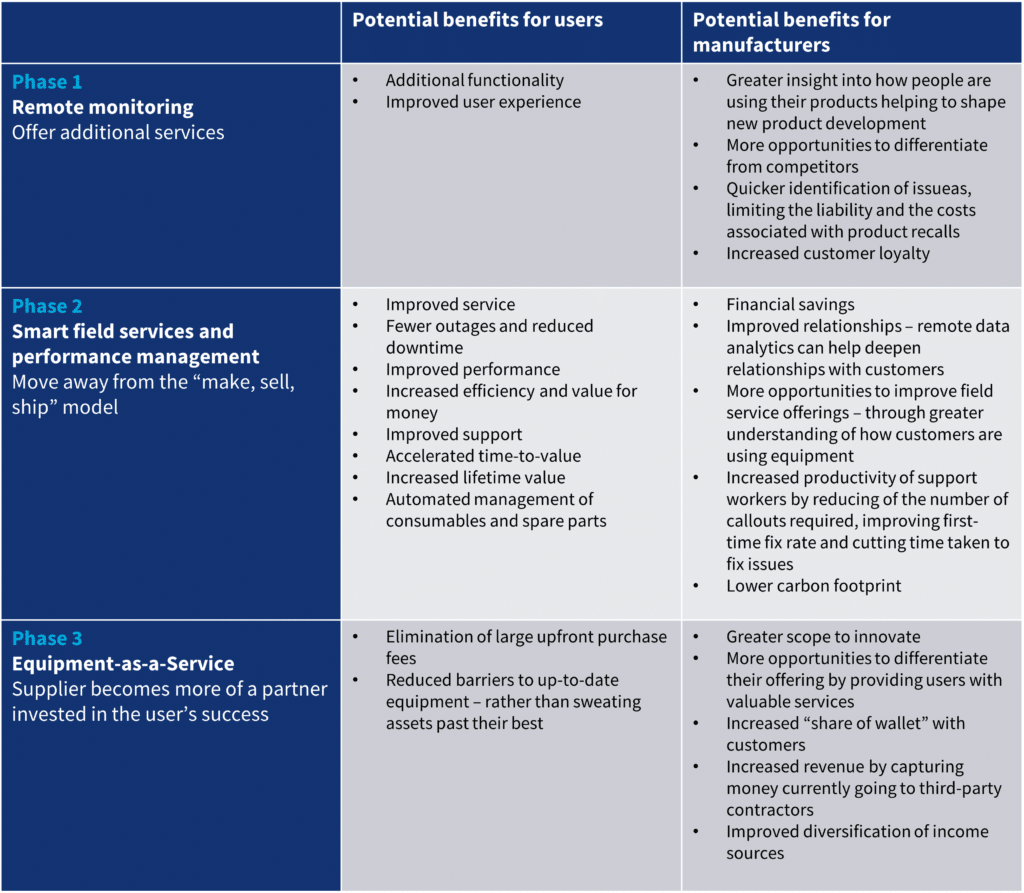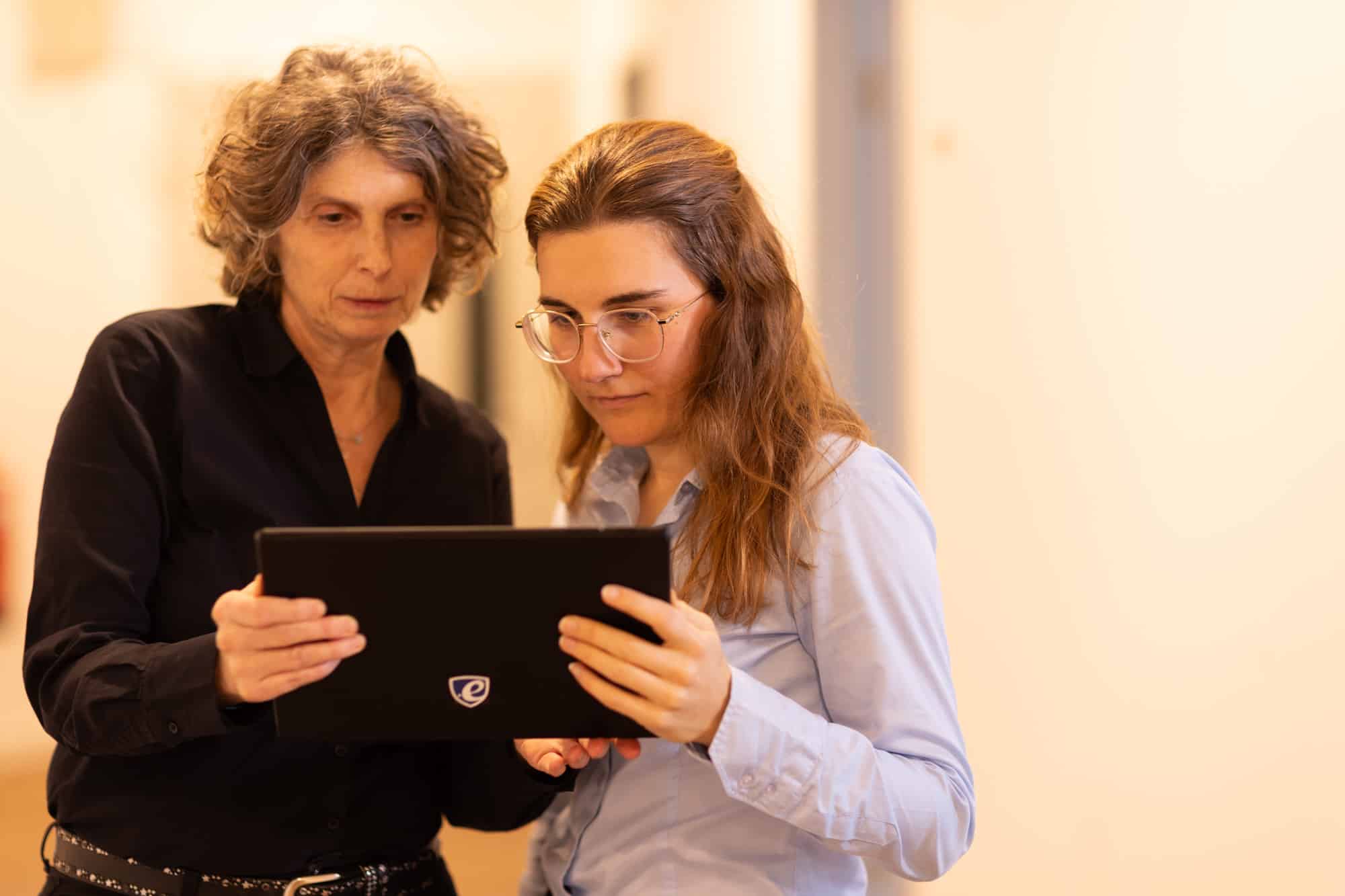By Wicher Visser (ERNI Switzerland)
Our world is changing fast, turning into a complex network where connections, both online and offline, shape our daily lives. This interconnectedness isn’t just for people; it also affects businesses, changing how we do things and share information. While we observe this digital evolution happening, the use of Internet of Things (IoT) technologies is becoming crucial, transforming from a trend into a vital part of our lives. This article looks at the predictions, numbers and new trends that show how IoT is making a big impact on our connected world.
An interconnected world
Our world is increasingly organised into networks. We are connected to many others, online and offline. Some of those connections are loose and sporadic, others established and frequent. Offline connections often have a digital counterpart, although this doesn’t ring true the other way round. Our lives are becoming increasingly digital.
The same pattern applies for businesses. More and more devices are becoming connected. When machines interact, they share data that matters. This drives future insights and enables business agility. Companies must leverage this as a competitive advantage in the short term and prevent themselves from eventually becoming obsolete.
Forecasts and figures
IoT is no longer a trend but a mainstay. Many companies have identified the value that IoT and connected devices bring and are adopting the technologies into their business models and products. The number of connected devices is expected to steadily increase as companies bring their products to market and consumers recognise their value. The number of connected devices globally is estimated to be 15 billion and expected to double in the next 7 years, according to Statista. Other sources predict even stronger growth. By 2030, 75% of all devices will be connected, compared to 10% today.

A similar trend can be seen for smart meters. A forecast by Gartner from 2021 outlines that the IoT meter market will grow at a compound rate of 7% per year from 1.6 billion in 2021 to 3.2 billion in 2030. According to the forecast, the primary drivers are government initiatives and the business plans of utility companies.
Whereas the previous generation of connected devices are relatively simple and do not provide much direct functionality, this is changing with the advance of smart devices. More powerful PLCs and hardware provide the computing resources for functionality and user interaction we traditionally associate with web applications.
Smart devices are an enabler for another trend that is looming on the horizon: machine customers. Together with web3 and intelligent assistants, these trends present the possibility to automate the purchasing process. Gartner predicts that your digital assistant, connected to your car, smartphone and appliances, could order dinner for you while you are driving in traffic or busy at an evening business meeting.
Organisations are being challenged to process the data their devices produce. This leads to another big trend: Cloud-Out to Edge. Functionality is shifted away from central cloud services to local, distributed edge locations. These edge computing services process the data before sharing it with the larger network. The Markets and Markets forecast estimates that the edge computing market will grow by about 16% annually over the next 5 years with an expected value of 111.3 billion USD in 2028. Growth is forecast to take place in the global industrialised centres of North America, Europe and the Asia-Pacific. Over 10% of venture capital funding is already directed towards IoT. The total value of IoT is worth approximately 800 billion USD.

Enabling technologies and practices
There are many incumbent technologies and practices that will boost the advance of smart connected devices. The Gartner Hype Cycle for Emerging Technologies shows many innovative technologies with great potential and high expectations. Some of those we mentioned before, such as Cloud-Out to Edge. Other technology trend reports indicate that Edge Computing, IoT Business Solutions, Managed IoT Services, Low Code for the Edge, Edge AI, Democratised AI and web3 all are driving towards ubiquitous smart networks. An interesting trend is Edge-In to Cloud, where functionality that traditionally resided at devices is becoming more centralised, its impact changing from local to global.
Effective IoT implementation and management requires stronger security. Companies admit that there are often security risks to their network and ecosystems. There is a lack of understanding of IoT security best practices and the need for a comprehensive security approach for devices, communications infrastructure and applications.
Smart devices will increasingly be interacting with consumers directly using multi-channel communication (e.g. UIs, audio, video). An encompassing user experience becomes crucial for consumer adoption. A user-centric approach will need to be applied to devices as UX architects are called upon to lend their expertise to this realm.
The increase in connected devices and the rise of smart technologies signal a big change in how we deal with the world. As more and more people use IoT, businesses need to adjust. They should make the most of these new technologies to stay competitive and deal with the complications of handling lots of information. The progression towards machine customers, smart assistants and automated processes brings both good parts and tough parts that companies need to accept. The shift from using big central cloud services to edge computing is indicative of a changing situation, and businesses need a smart plan to keep up in this always-changing digital time. Surveying the technologies and methods making this change happen, it’s clear that focusing on users and having strong security will be truly important for the future of our connected lives.

